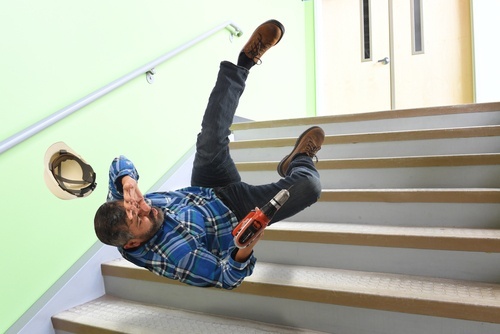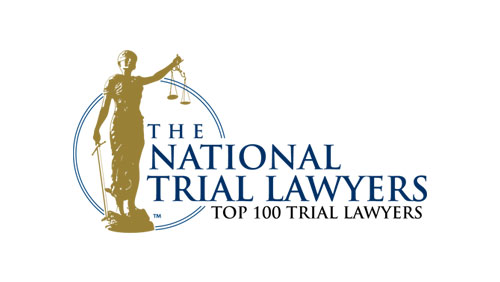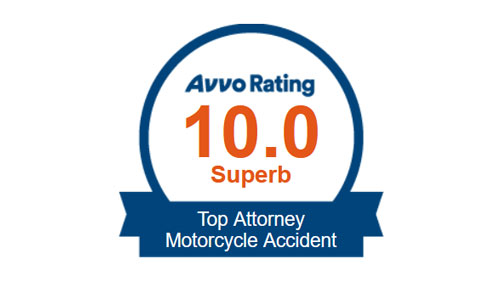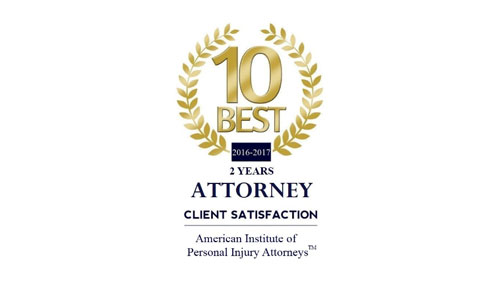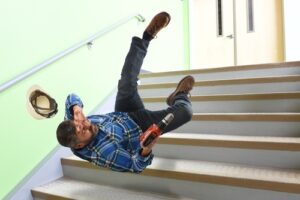 Slip and Fall Accidents happen, and bodily injury is often the result of a slip and fall accident in California.
Slip and Fall Accidents happen, and bodily injury is often the result of a slip and fall accident in California.
When your slip and fall accident is caused by the negligence of a 3rd party, how do you establish they are at fault?
This article discusses the seminal issue in a slip and fall accident case: Liability.
All victims of a slip and fall in California must first prove that a business entity, person, property owner, or other defendant is “liable,” before they can recover damages in a slip and fall case.
California slip and fall cases usually start out in prelitigation with the person harmed retaining a slip and fall attorney like the Law Office of Norman Gregory Fernandez, 800-816-1529 to prosecute their case against the negligent party.
The first stage of California slip and fall cases is usually prelitigation, (everything that happens before a lawsuit is filed) and usually involves the attorney trying to settle the case with an insurance company. The second stage of a California slip and fall case, is litigation (everything that happens after a lawsuit is filed.) Whichever stage of the case you are in, both sides are debating liability.
To obtain a settlement or a judgment in your California slip and fall case, you will need to be able to prove that someone else (Defendant, Negligent Party) – usually the property owner, store owner, restaurant owner, homeowner, or other negligent party is responsible for your injuries.
Many times, the key liability questions in a slip and fall cases are: 1) Who are all the potential liable parties, (Defendants) and 2) Were those parties actually negligent, i.e. by causing or failing to stop the California slip and fall accident?
From the perspective of the injured individual in a slip and fall case, another critical element is anticipating and defending against a claim by the defendant that the injured person’s own carelessness somehow caused or contributed to the accident, i.e. assumed the risk of harm, failed to watch where they were going, did not exercise reasonable care, etc.
Theories of Liability in Slip and Fall Claims
In order to hold another party responsible for injuries suffered in a slip and fall accident, an injured person must typically prove one of the following:
A property owner (or their agents or employees) knew about the dangerous condition leading to the slip and fall accident, and it was reasonably foreseeable that someone could slip and fall or trip and fall because of the condition. (An example would be an employee of a restaurant mopped the floor with water, which caused the floor to be very slippery)
or A property owner (or their worker) should have known about a dangerous condition through reasonable inspection. (An example would be A soda pop was spilled in a grocery store and left to sit on the floor without being cleaned for 20 minutes, causing the floor to remain slippery)
The essential question here is whether a reasonable person under similar circumstances, would have identified the condition as hazardous, and if the defendant had ample opportunity to remedy the situation before the incident occurred.
Proving Negligence & Liability in a California slip and fall case
The term “reasonable” often comes up in settlement negotiations and at other important stages of slip and fall cases. That’s because, in order to be held “negligent” and therefore liable for damages in a slip and fall case, a property owner (or the owner’s agent or employee) must have failed to act as a reasonably prudent person would have acted under conditions very similar to those leading to the dangerous condition which ultimately caused this the slip and fall.
In trying to assess whether the defendant acted reasonably, here are some variables that slip and fall attorneys like the Law Office of Norman Gregory Fernandez think about:
Did the hazardous condition exist long enough that a reasonable property owner or employee could have taken action to eliminate the hazard? (For supermarkets the industry-standard gives up to 15 minutes to discovery dangerous condition, but it could be sooner if the dangerous condition is known about.)
Does the property owner or employee have a policy of routinely assessing for possible hazards on the property, (these are usually called sweeps) and if so, is there any type of log or other record of whether the procedure was followed immediately before the accident? (In the industry these logs are known as sweep sheets)
Was there a reasonable justification for the creation of the potential hazard, and if so, did this justification still exist at the time of the slip or fall?
Could the hazardous condition have been made less dangerous through preventative measures such as relocating the hazard, placing adequate warning signage in the area, or preventing access to the location?
Was poor lighting or limited visibility a factor in causing the slip and fall?
Proving You Didn’t “Cause” The Accident Yourself by comparative negligence
In slip and fall cases, the property owner (or his or her insurance carrier) may assert that the plaintiff is partially (or totally) responsible for the accident that resulted in the injuries. This sort of debate is made under a legal concept that California follows which is known as “comparative negligence.” In a nutshell comparative negligence allows a jury to apportion a percentage of fault to each party in a case.
California comparative negligence law will affect a plaintiff’s ability to recoup compensation if they are found to share some percentage of blame for the accident.
In comparative negligence states like California, an injured claimant’s (plaintiff) compensation award will be reduced by a jury a percentage that’s equal to their share of liability , so, a claimant who a jury determines bears 25% of the blame in a slip and fall case would just collect $15,000 of a $20,000 settlement award, for example.
Here are a few things to consider in your California slip and fall case:
Did you the plaintiff participate in any activity that might have prevented you from noticing the danger, i.e. Talking or texting on a cell phone, for example — if an otherwise ordinary reasonable person would have noticed it?
Did you the plaintiff have lawful access to the location where the slip and fall accident occurred, or was there no legal or valid reason for the plaintiff to be at the dangerous location?
Were adequate warning signs posted that warned of the dangerous condition, and if so, were the warning signs ignored by the plaintiff?
If the defense can show that the plaintiff likely caused or contributed to the accident through their own carelessness, or assumption of risk, winning an injury claim becomes unlikely or there is a strong likelihood that the plaintiff will be found partially or primarily and fall through comparative negligence.
What Else should Know
in no circumstance should you talk with a California slip and fall defendant without an attorney. You have no clue what you’re entitled to, no clue how to establish liability and other damages, because personal injury, especially premises liability cases in California are highly complex areas of the law but require the expertise of specialized personal injury attorneys. The Law Office of Norman Gregory Fernandez are experts in slip and fall and trip and fall cases, as well as other premises liability cases. For free consultation you may call us directly at 800-816-1529, extension one, or complete the online form here on the website.


